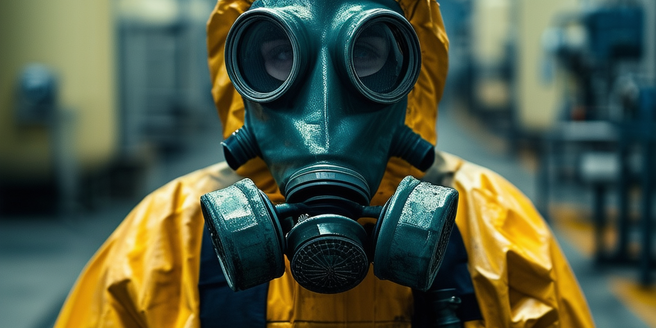
Understanding the Concept of Toxic Tort Cases
Toxic tort cases refer to legal disputes involving exposure to hazardous substances that cause personal injury or property damage. These can arise from various circumstances, including but not limited to industrial accidents, environmental contamination, and exposure to harmful products or chemicals. One notable example of this is the infamous Love Canal disaster, wherein toxic waste leakage wreaked havoc in a residential neighborhood. Often overlooked, these cases also highlight the urgent need for strict regulatory measures to curb industrial negligence. Understanding toxic tort cases is pivotal because it sheds light on the precarious balance between economic advancement and environmental safety.
Legal Rights of Victims in Toxic Tort Cases
Victims of exposure to toxic substances have several legal rights. They may seek compensation for medical expenses, lost wages, and pain and suffering. One of these rights includes the ability to hold the responsible parties accountable. Beyond material compensation, this right to hold someone accountable can afford victims a psychological sense of justice. In some cases, punitive damages may also be awarded – this is designed to punish corporations for their negligent actions and deter others from similar conduct. It empowers victims to exert some level of control over those who have caused them harm.
Role of Corporations in Environmental Preservation
Corporations play a critical role in addressing environmental issues due to their direct impacts on the environment, positive or negative. They can promote sustainability through business operations such as recycling, renewable energy use, eco-innovations, and raising public environmental awareness. Conversely, companies must strive to mitigate potential negative effects, such as waste production or harmful emissions, by focusing on responsible management and reduction efforts.
Importantly, corporations of all sizes must acknowledge the gravity of their environmental responsibility – to respectfully and carefully handle natural resources and prioritize environmental conservation in their work. Furthermore, it is vital that corporations are held accountable for their environmental actions. Any breaches or negligence in environmental commitments should result in penalties, ensuring that violations aren’t overlooked.
In conclusion, corporations hold an important, multifaceted role in environmental preservation, placing significant power and responsibility on them. Therefore, they need to seriously undertake their ecological obligations, respect nature, and remain conscious of their responsibility for any environmental mishaps.
How Lawyers can Hold Corporations Responsible in Toxic Tort Cases
Lawyers are indispensable in the legal landscape, applying their expertise to assist various parties seeking justice against corporations, interpreting complex scientific and medical data to bridge the gap between expert knowledge and laymen’s comprehension. They also handle the intricacies of laws governing toxic torts cases, which involves persistent and rigorous research. Lawyers leverage a network of experts for specialized information to create a strong case, understanding the nuances of diverse scientific disciplines for accurate information interpretation. The success of these cases often comes from their adept understanding of laws merged with a profound grasp of scientific principles.
Famous Examples of Successful Toxic Tort Cases Against Corporations
Successful toxic tort cases are a beacon of hope for victims affected by egregious acts of corporate negligence. One such instance can be found in the Love Canal case, where Hooker Chemical Corporation was held accountable for the improper disposal of 21,000 tons of hazardous waste. This case set an important precedent, proving that corporations could be held responsible for their actions.
Similarly, the Pacific Gas and Electric Company (PG&E) case further emphasized corporate responsibility. A towering utility firm, PG&E was hit with a $333 million fine for contaminating the drinking water supply in Hinkley, a small Californian town, with chromium 6, a known carcinogen. This significant victory sent a clear message that even mighty corporations can be held accountable, reinforcing the importance of environmental law as a protective measure. These cases underscore the need for such entities’ accountability, showing justice can be served to victims.
Preventive Measures: Ways to Avoid Toxic Torts
Preventive measures are critical in evading potential toxic tort cases, which are legal scenarios resulting from exposure to harmful substances. Both corporations and individuals have a responsibility to prevent these. Corporations can adopt a range of practices such as adherence to environmental regulations, implementing stringent waste management procedures, performing risk assessments, and fostering a culture of safety within the organization. It’s also beneficial to encourage open communication about the potential risks of toxin exposure and the precautions taken against them. On the other hand, individuals can contribute by increasing their awareness of toxic substances and remaining informed to take necessary actions if exposure occurs. Hence, the blend of corporate responsibility and individual awareness ensures a safer environment and helps to achieve the common goal of reducing harmful toxins in our surroundings.
